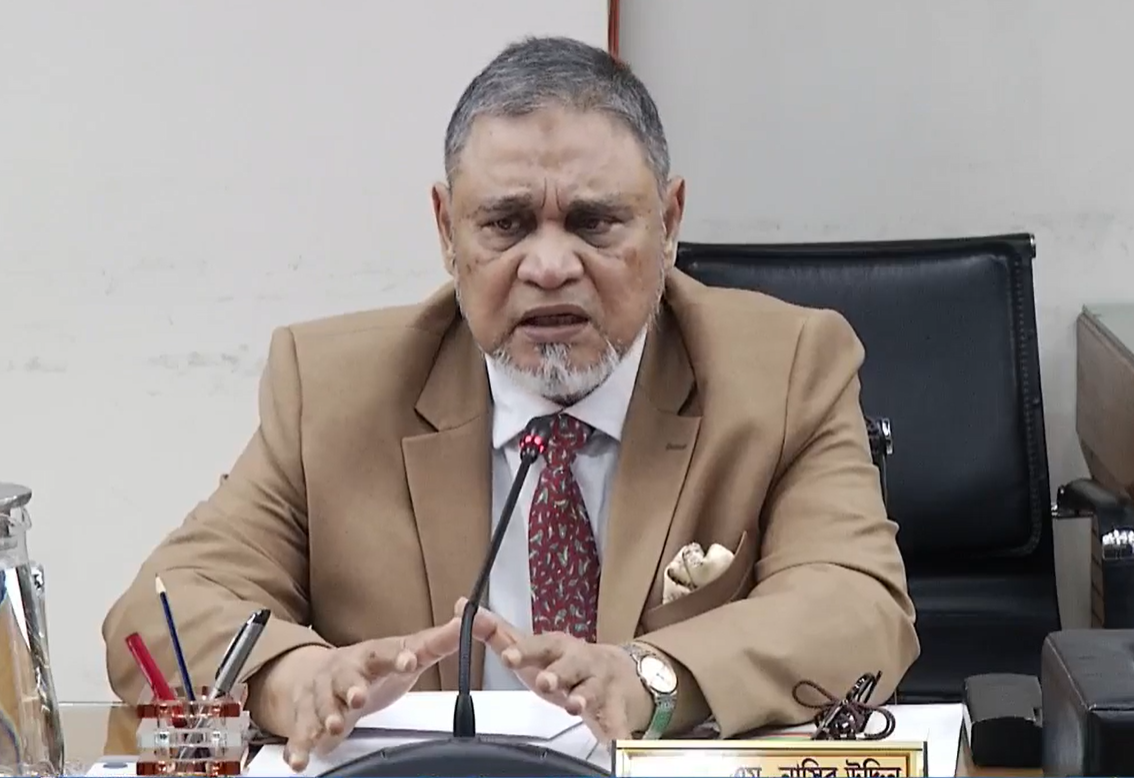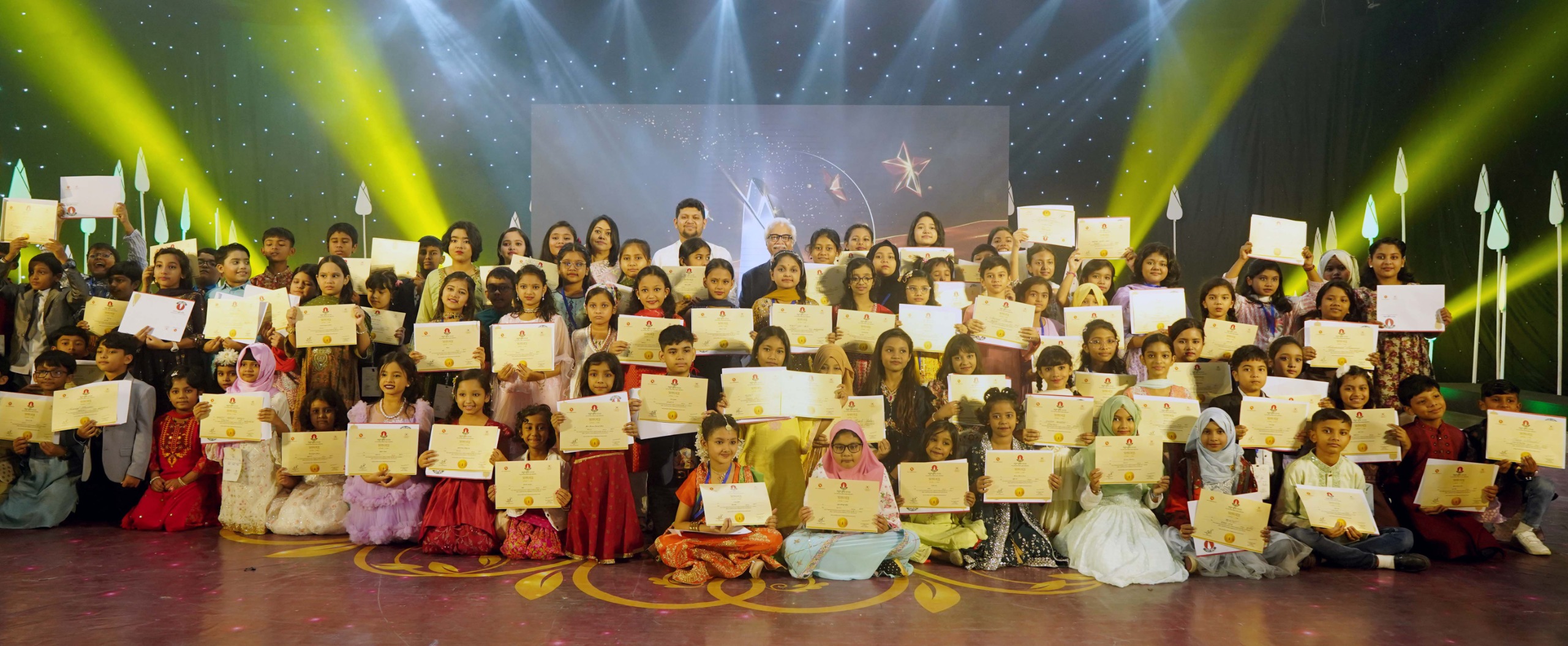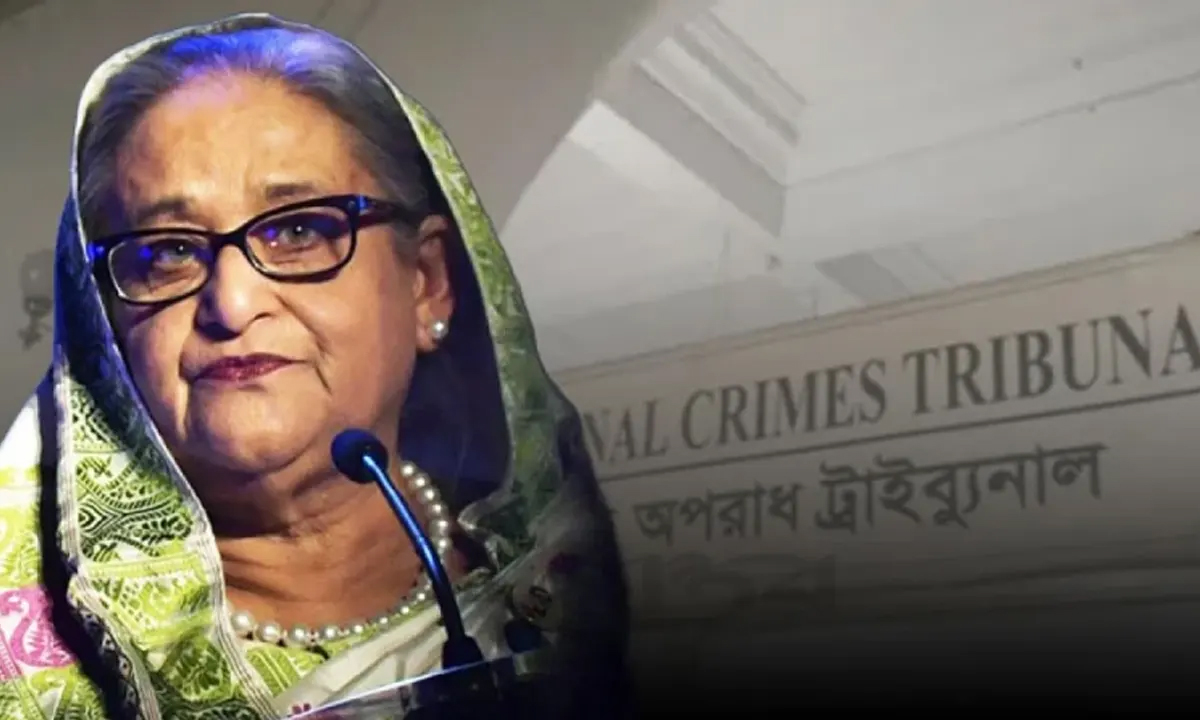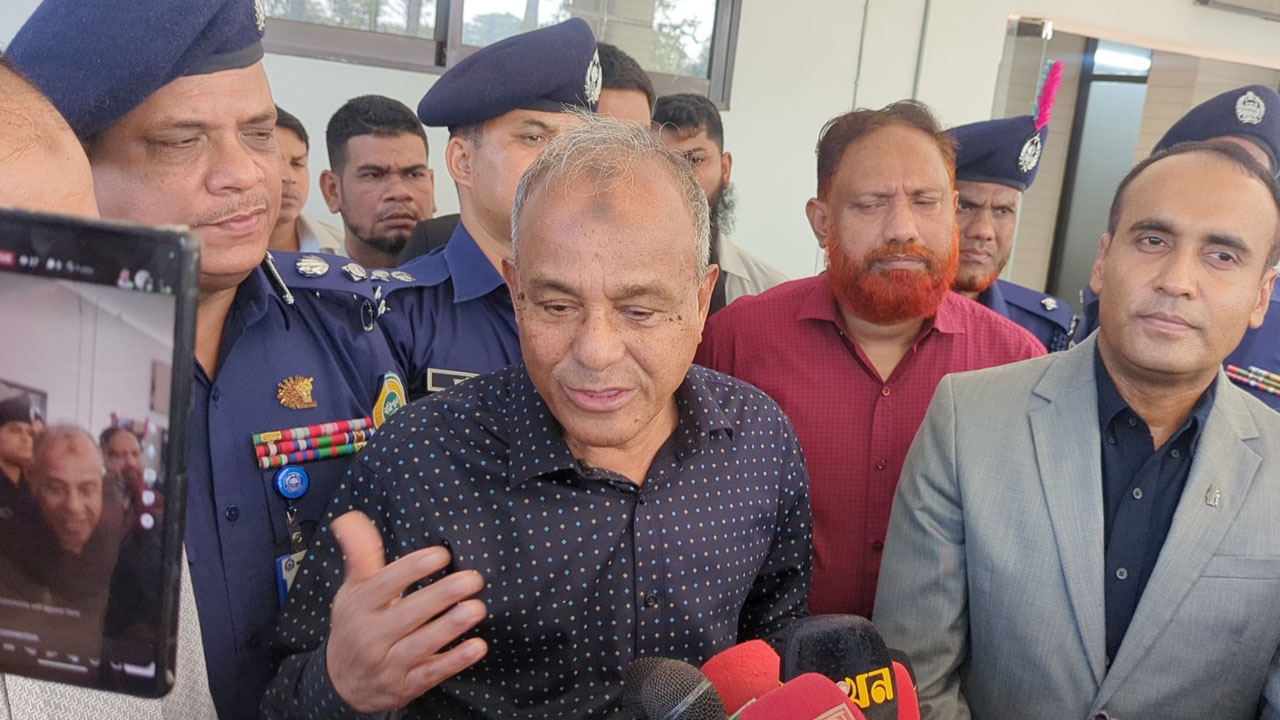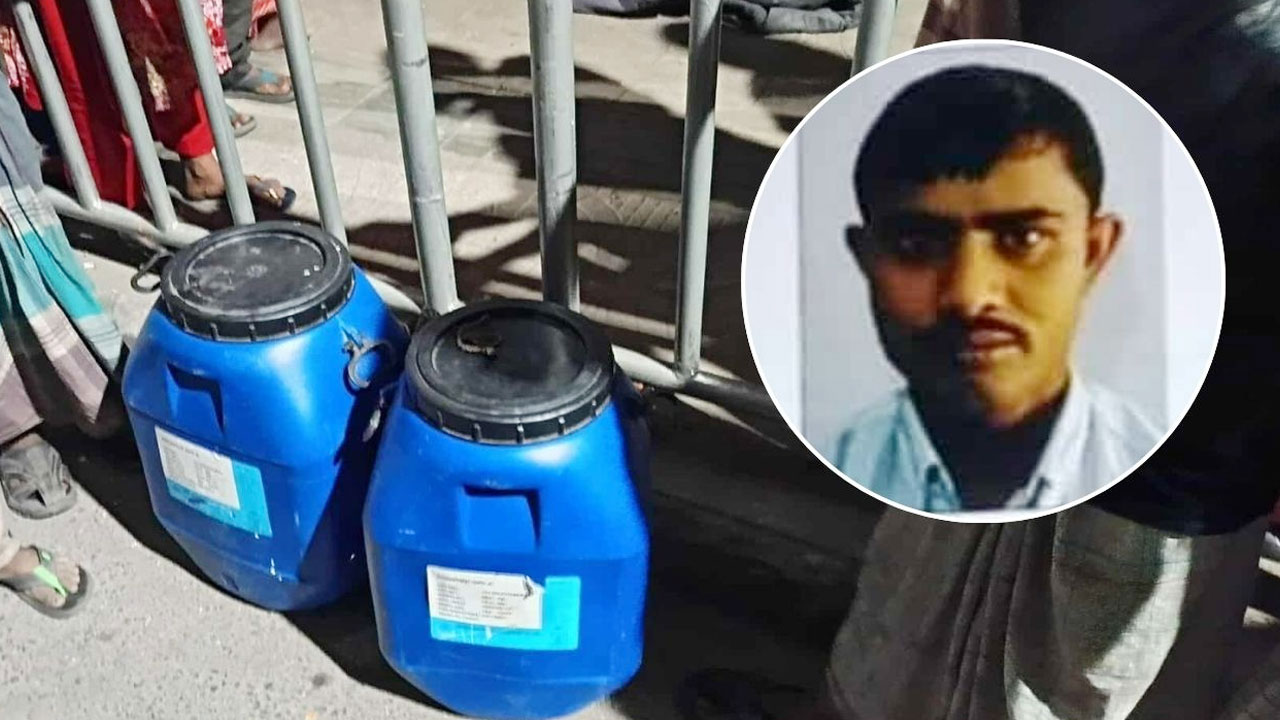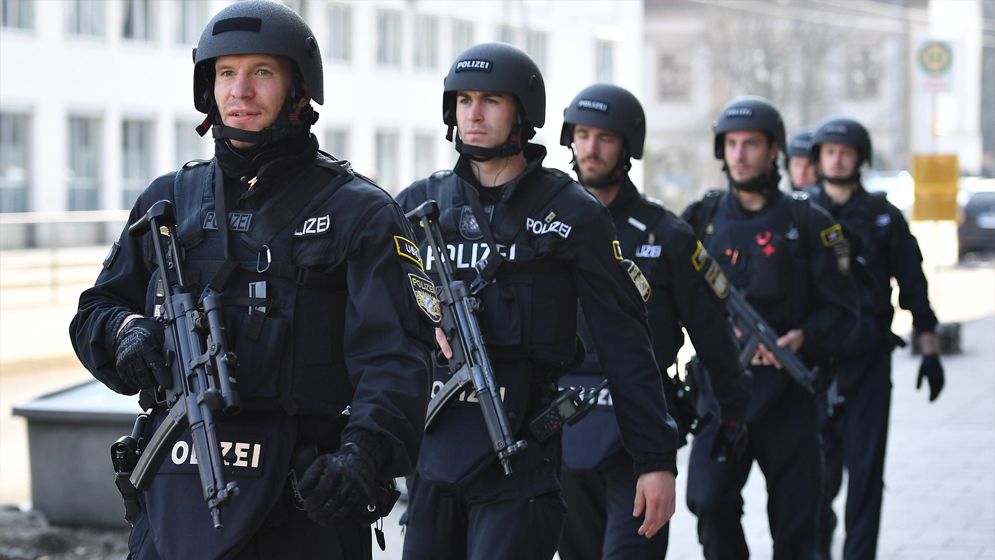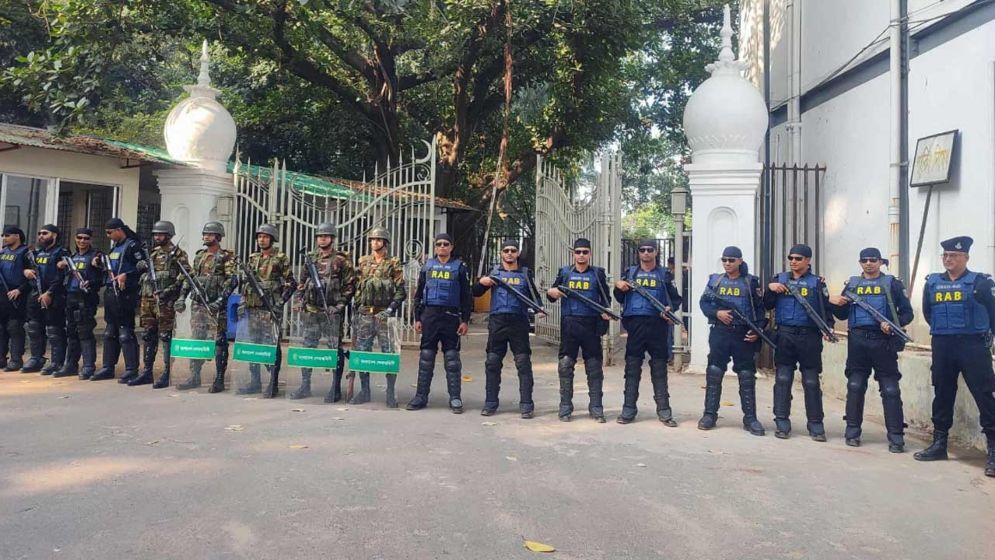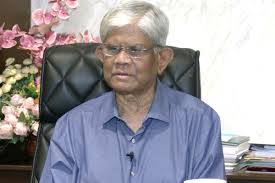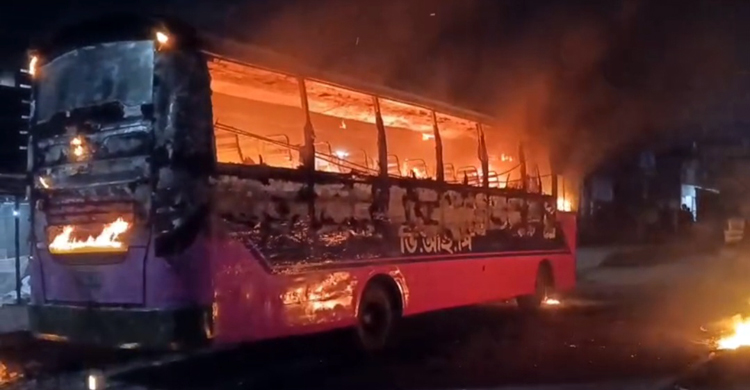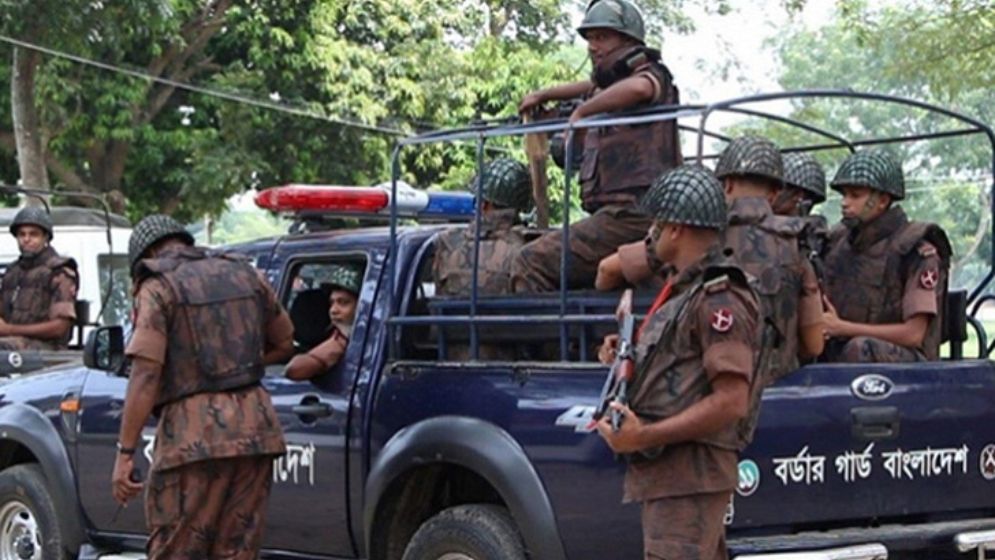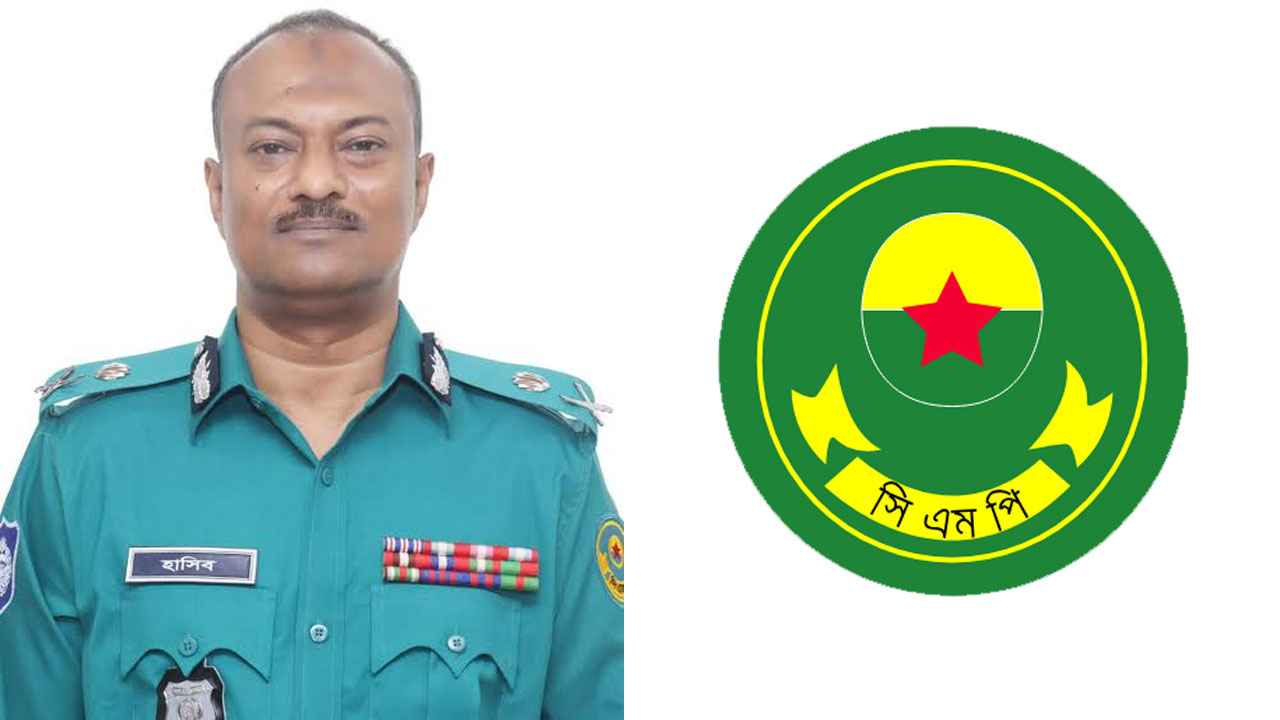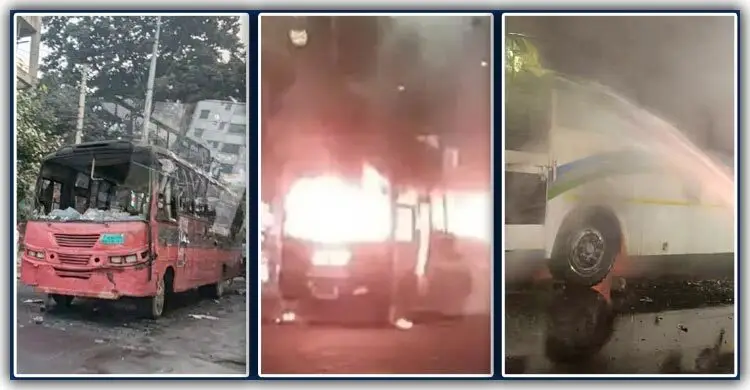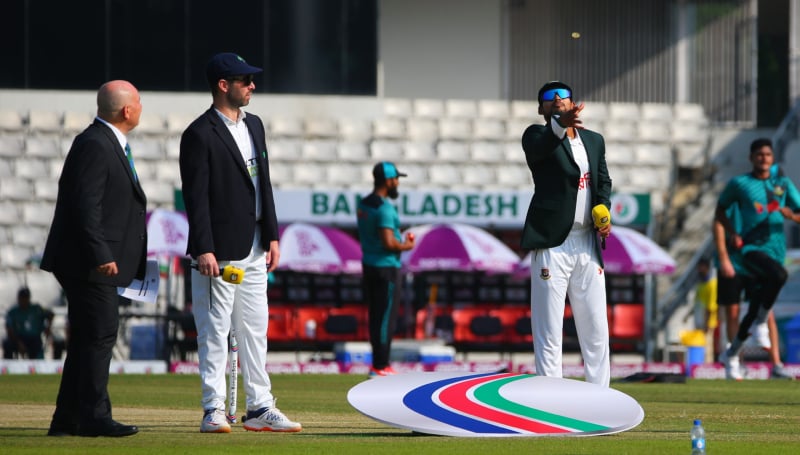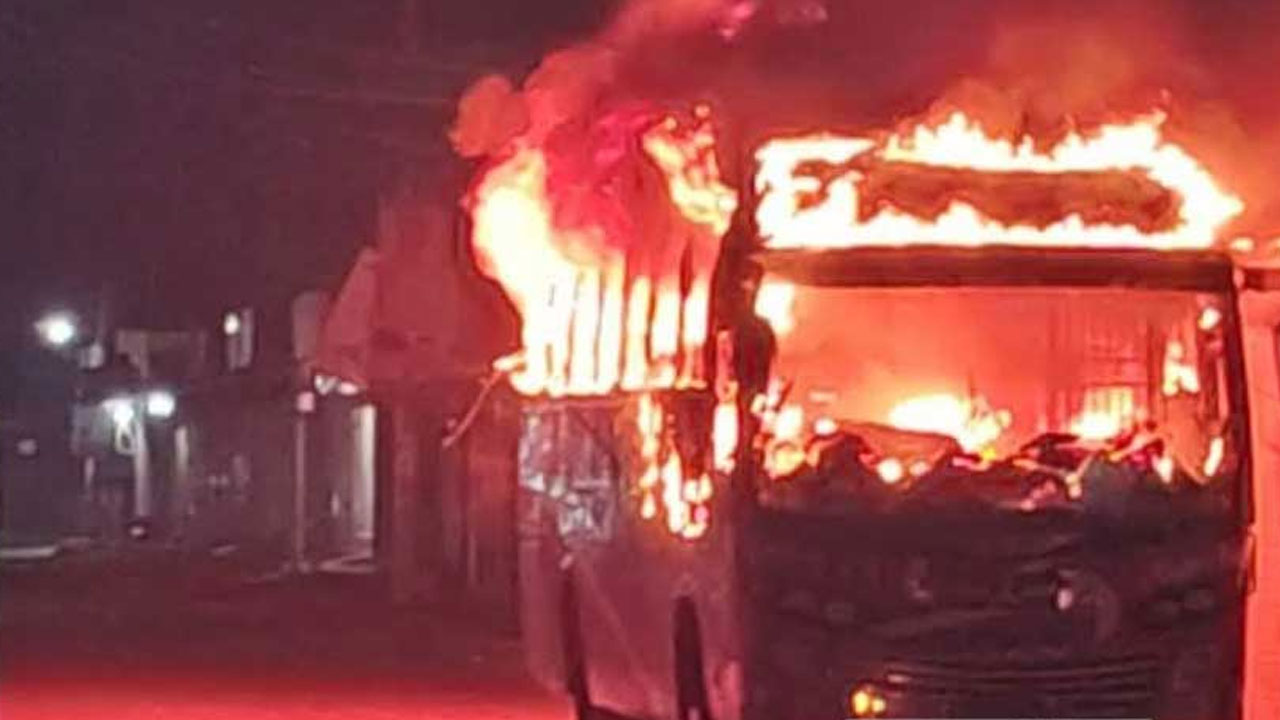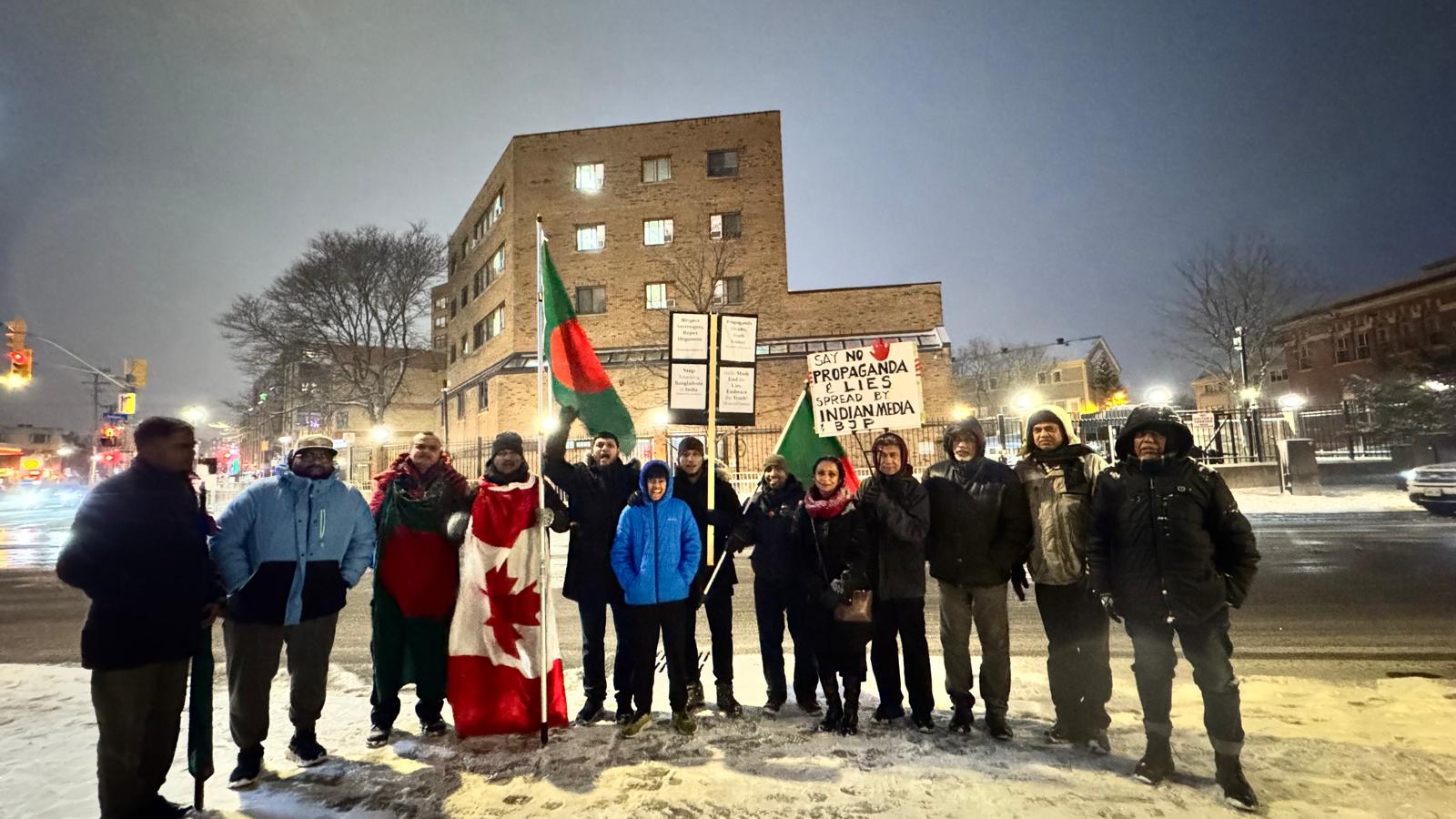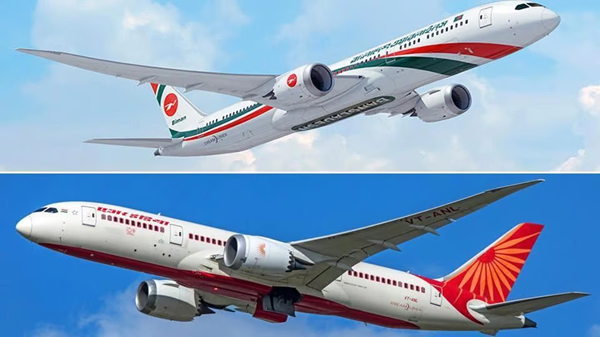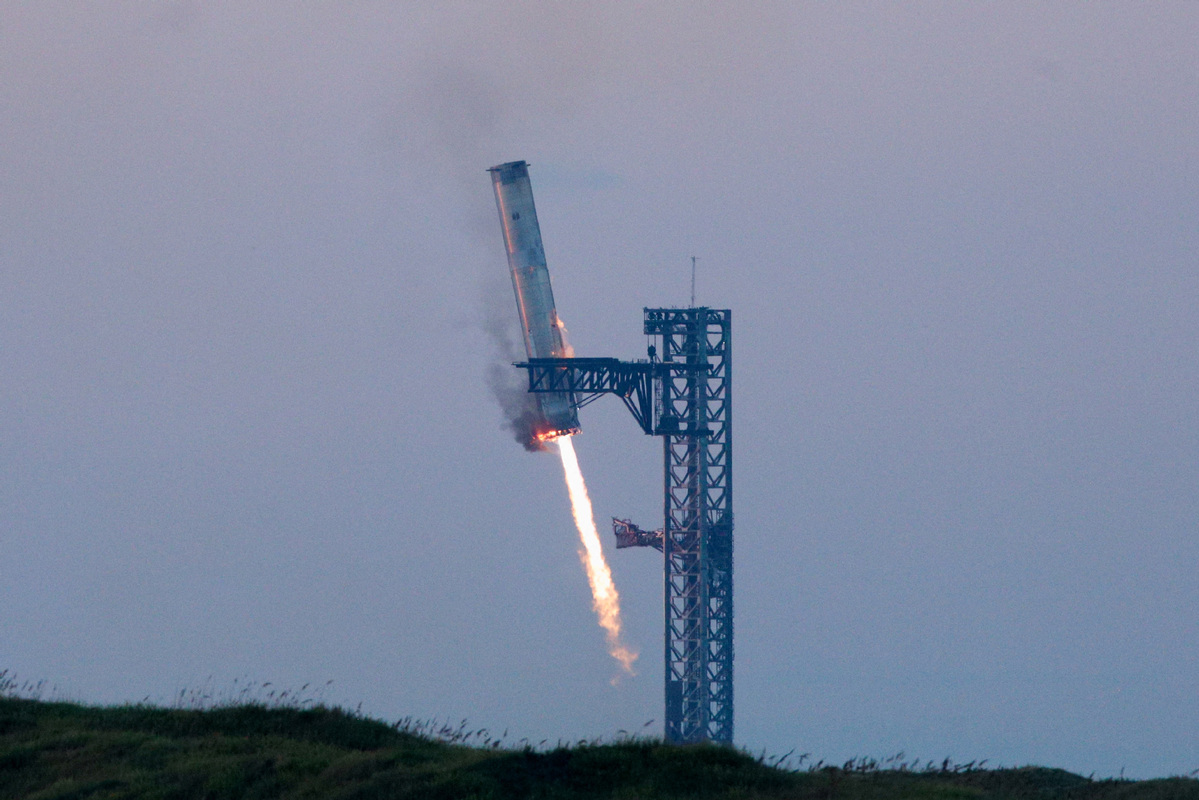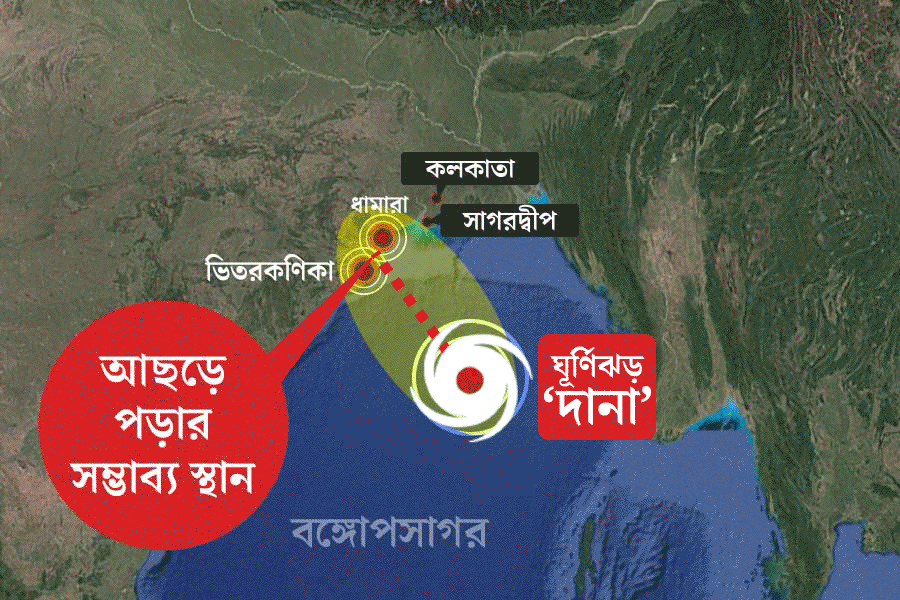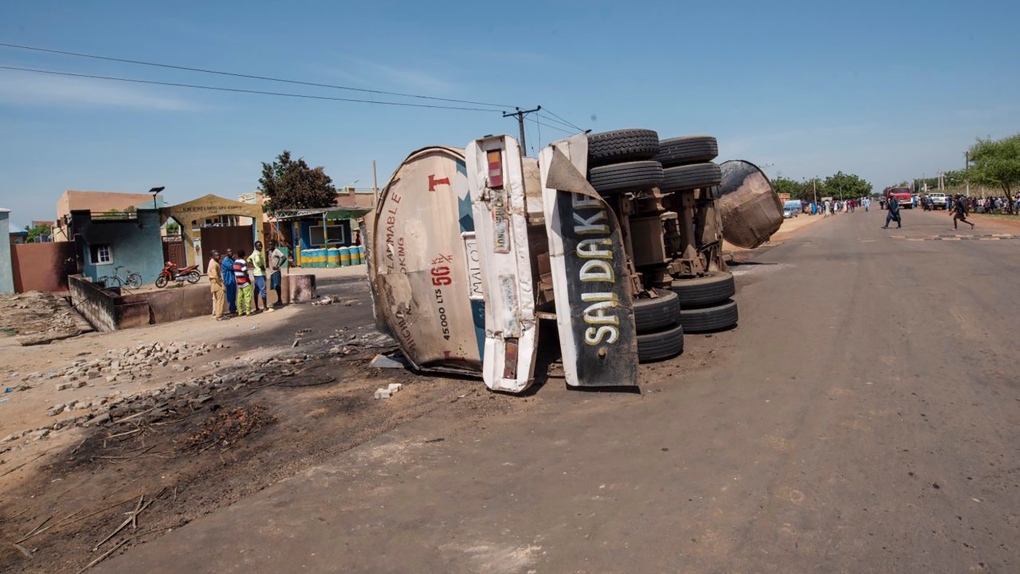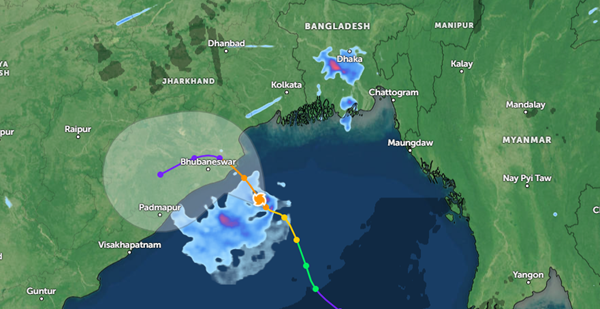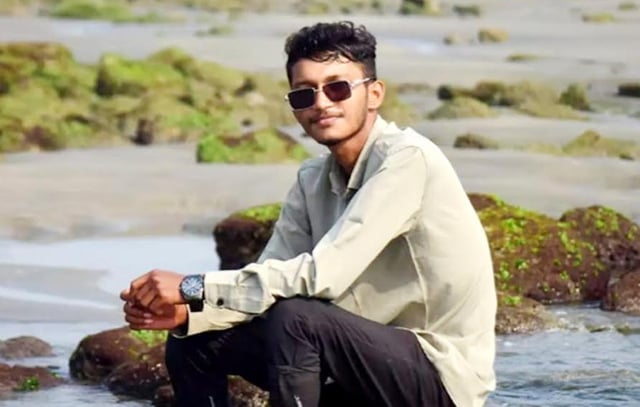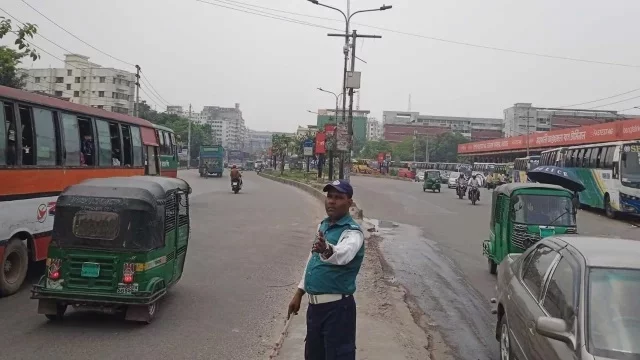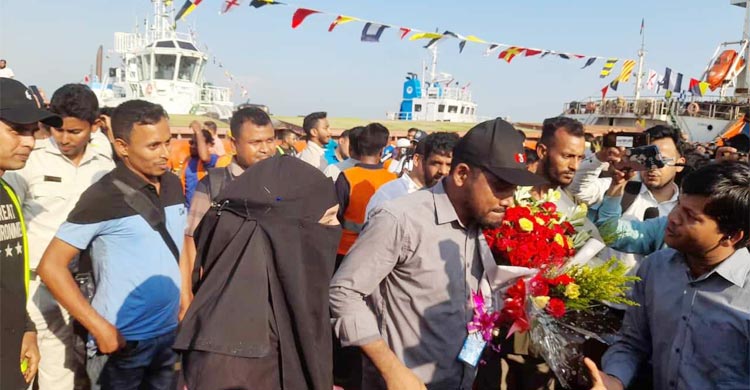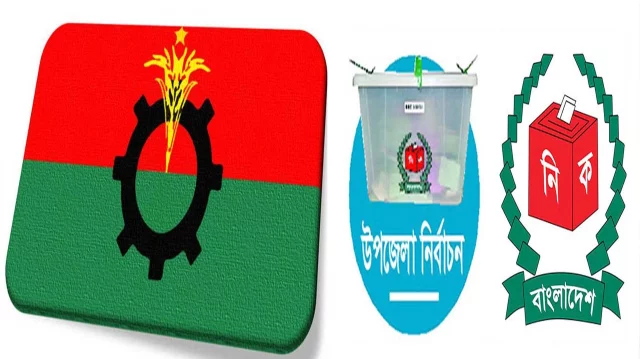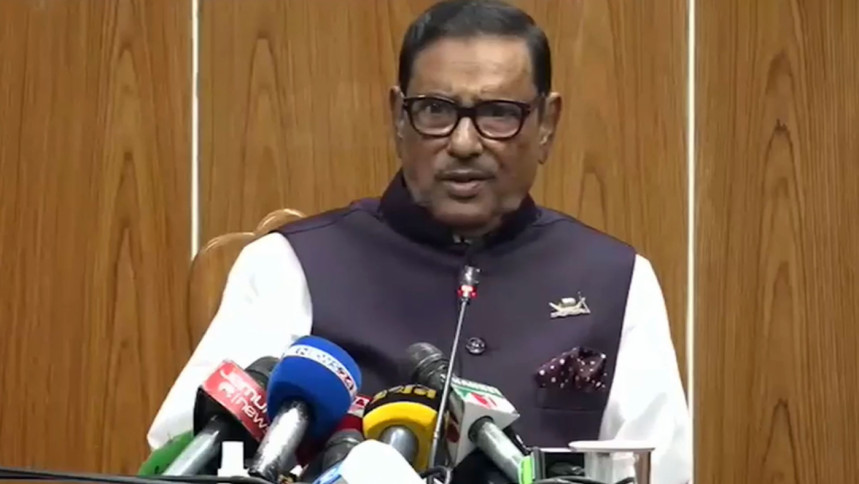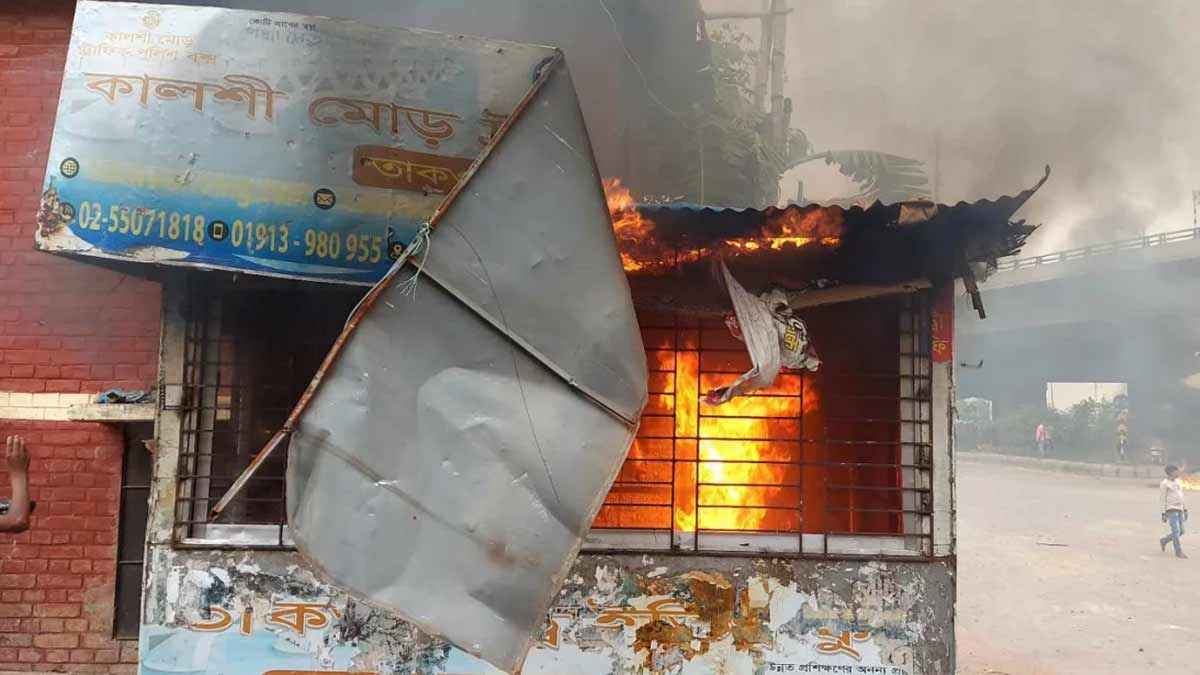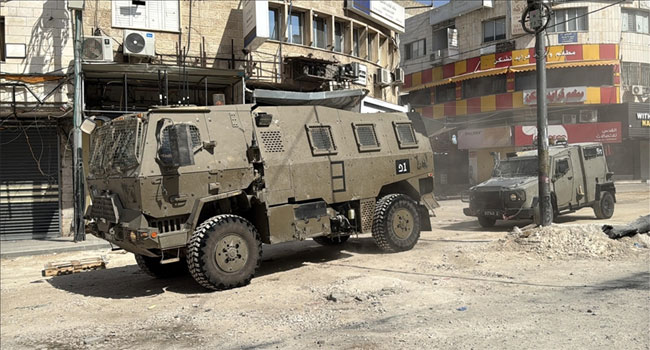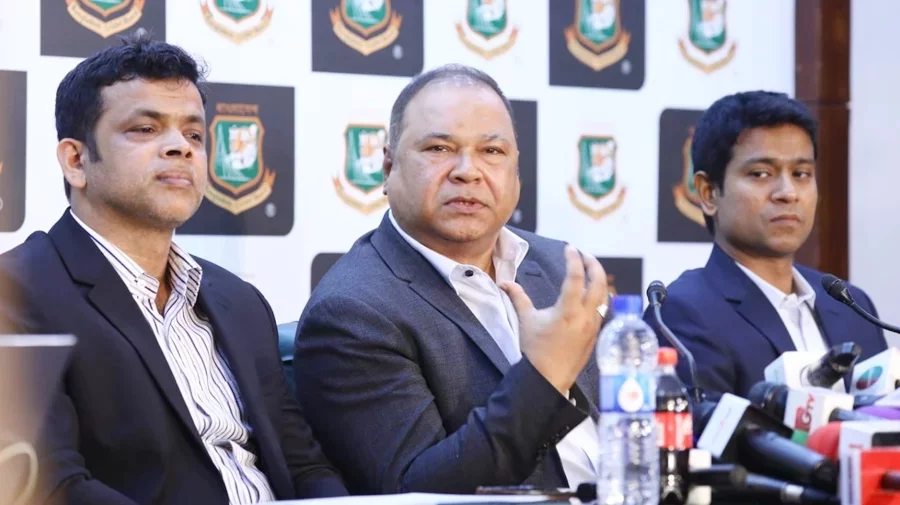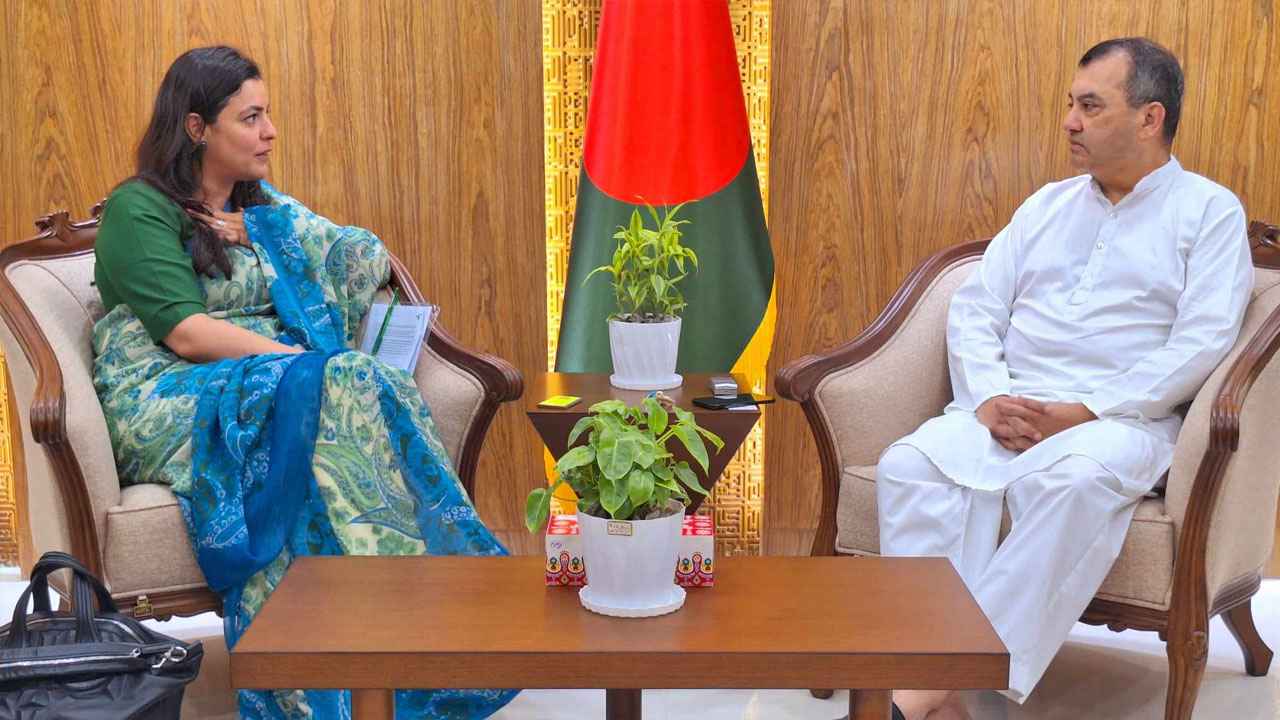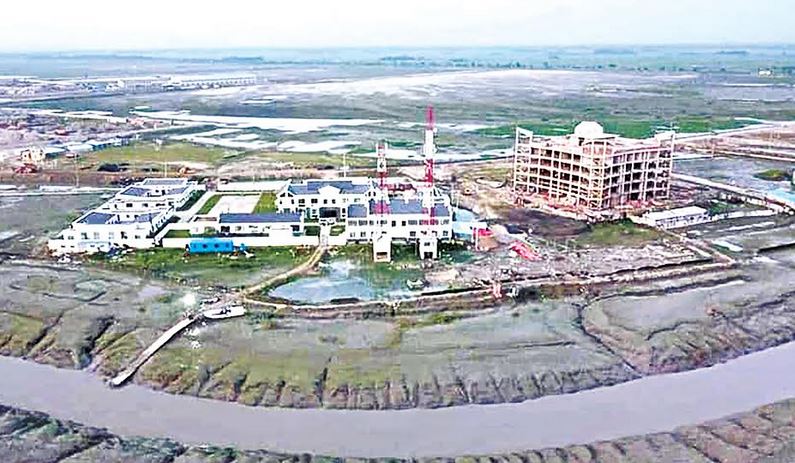
After years of delay, uncertainty, and infrastructural challenges, Mirsarai’s much-discussed BGMEA Garment Village is finally set to move toward realisation.
More than seven years since the landmark agreement between the Bangladesh Economic Zones Authority (BEZA) and Bangladesh Garment Manufacturers and Exporters Association (BGMEA) was signed in 2018, the ground is now being prepared for factory construction.
Officials and investors confirmed that the ongoing development of utility facilities – including internal roads, drainage systems, and service infrastructure — will be completed by December.
Once these are in place, garment entrepreneurs are expected to start factory construction in early 2026, with production targeted to commence by the end of 2027.
The project, often described as a “dream initiative” for Bangladesh’s apparel sector, is expected to attract $2 billion in investment and create jobs for half a million workers in coming years.
The vision for a garment village inside the country’s largest economic zone was first unveiled in 2018, when BEZA and BGMEA signed a memorandum of understanding to establish factories on 500 acres within the 30,000-acre Mirsarai Economic Zone (now the National Special Economic Zone).
The project was touted as a major step toward creating a cluster-based apparel hub equipped with modern infrastructure.
But while other industries flourished in adjacent zones – including the BEPZA Economic Zone and private ventures by groups such as Bashundhara, PHP, and BSRM – the garment village remained stagnant.
The reasons were stark, with poor soil conditions, lack of connecting roads, absence of drainage systems, and inadequate utility services discouraging factory owners from moving forward. Even after land allotments, investors chose to wait, unwilling to risk their millions on a site that is not ready for factory construction.
That reality has changed significantly. BEZA has been implementing a Tk 200 crore project for internal road and drainage development in the garment village.
According to Abdullah Al Mahmud Faruk, project director of the National Special Economic Zone Development Project, about 75 percent of the infrastructure work is complete while full completion is expected by December.
“The construction of internal roads and drainage systems is progressing fast. By December, the garment village will be fully prepared for factory construction. Other utility facilities will be ready by mid-2026. So, entrepreneurs can start preparing [to build factories] from December,” Faruk told.
In addition to BEZA’s efforts, domestic and foreign construction firms are also engaged in complementary infrastructure works across adjoining industrial blocks, with a combined investment of around Tk 450 crore.
According to the BGMEA, 321 acres of the 500 acres have been earmarked for factories. The remaining land will host roads, drains, greenery, effluence treatment plants (ETP), and power, water and gas supply systems.
A total of 59 companies – including 19 from Chattogram and 40 from Dhaka – have already been allotted plots to build oven, knit, composite, vertical textile, and garment units.
Several garment owners confirmed that they are preparing to launch construction once the infrastructure is in place.
“The crises surrounding the garment village are now over. The development of roads and drainage is nearly complete, and we are planning to begin factory construction shortly,” said Md M Mohiuddin Chowdhury, BGMEA Director and CEO of Clifton Group.
But despite this progress, some challenges remain. During a recent visit in July 2025, the BGMEA’s new board highlighted the issue of water supply.
Sakeef Ahmed Salam, a BGMEA Director and deputy managing director of Asian group, emphasized that BEZA must address the water crisis to ensure smooth progress.
“The garment village is an ideal location for apparel factories. But uninterrupted utility services are a prerequisite. The water supply issue must be resolved quickly so that allottees can move forward without hesitation,” he said.
